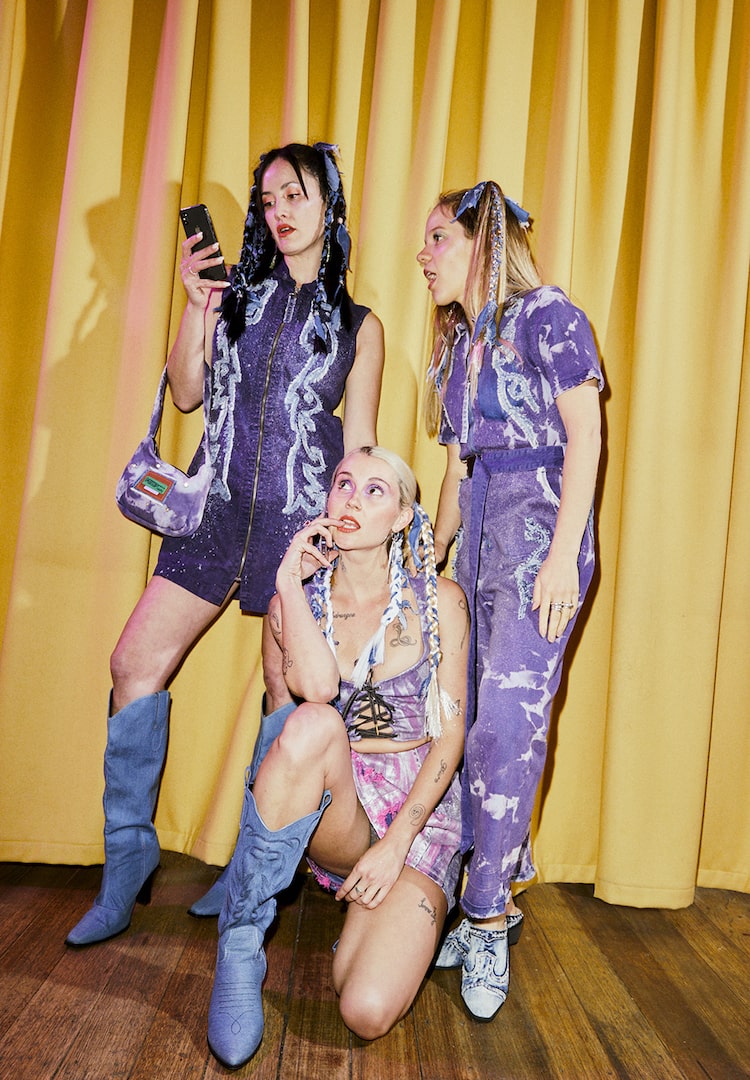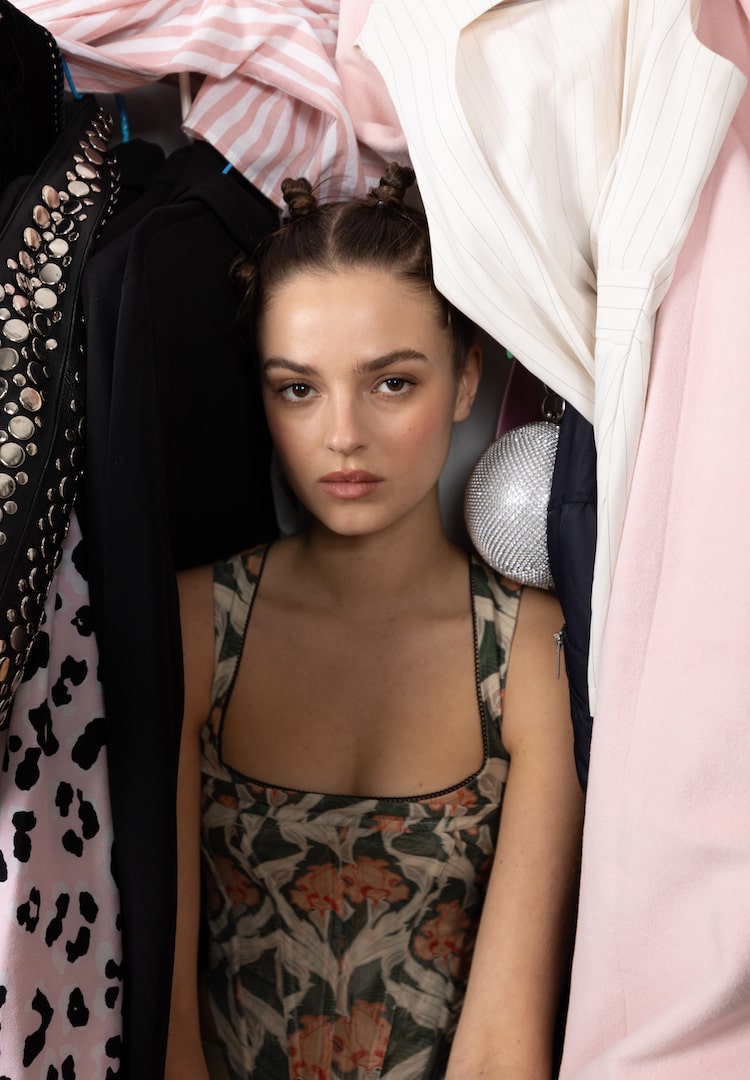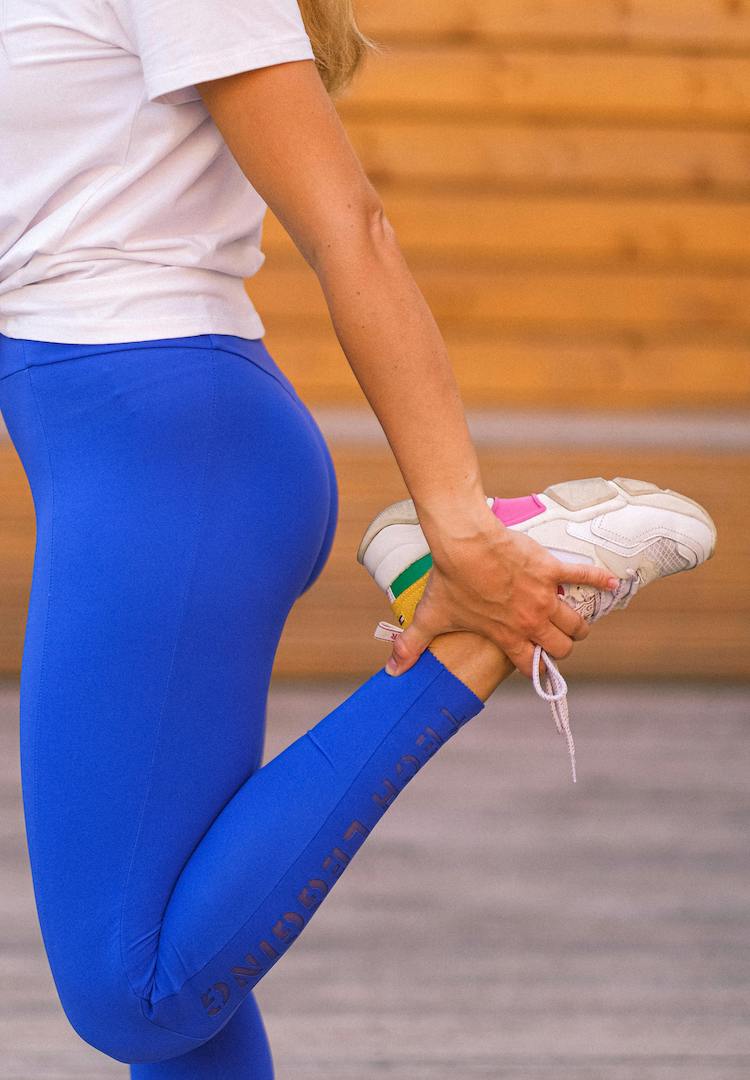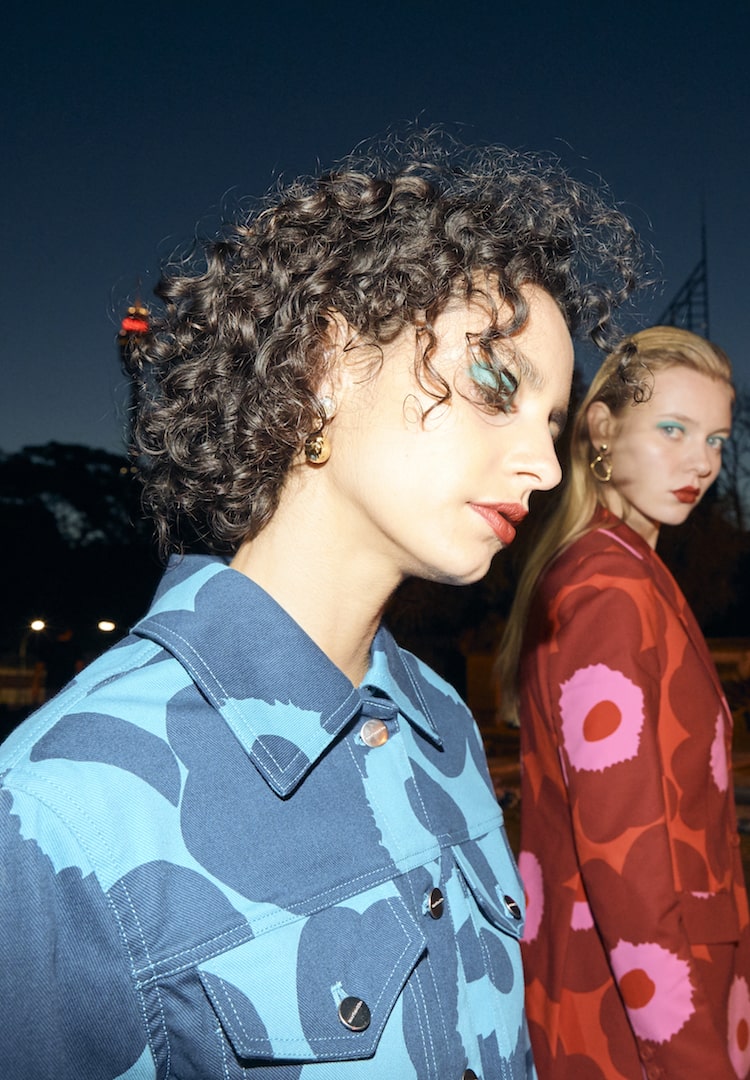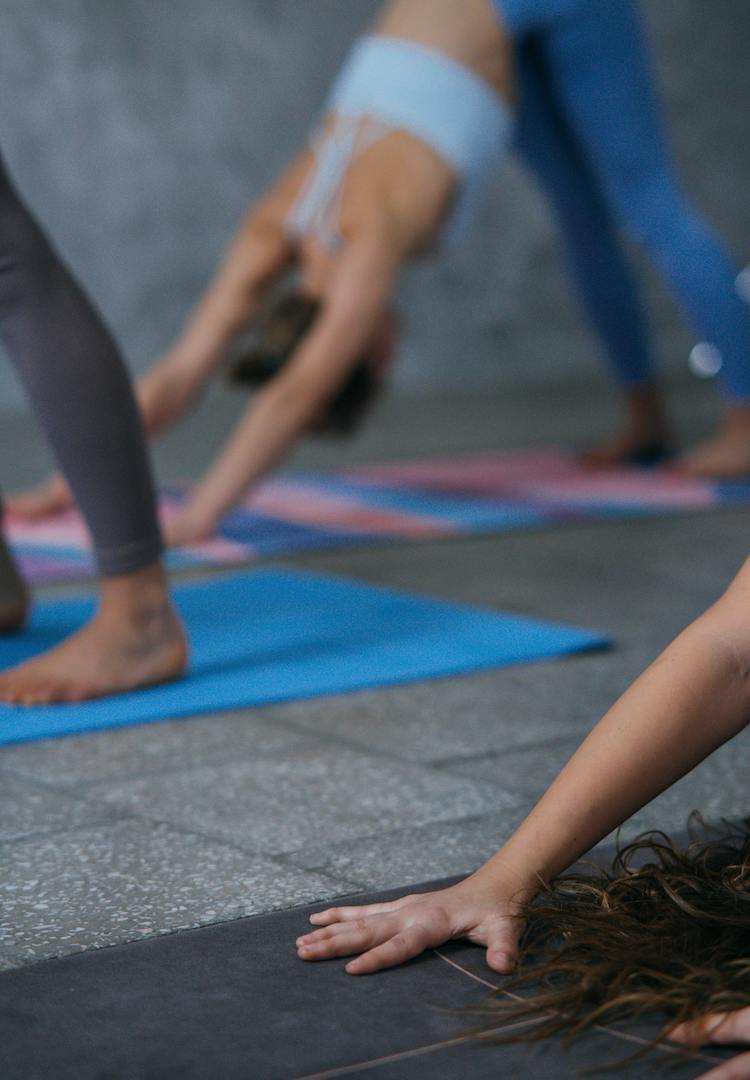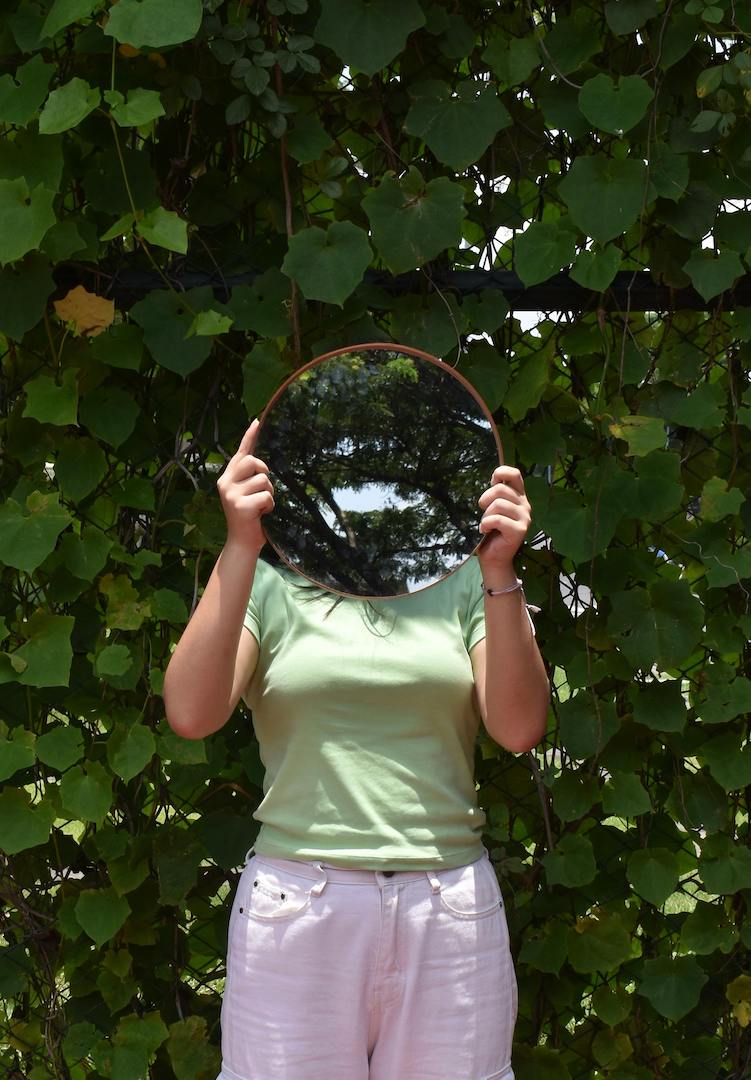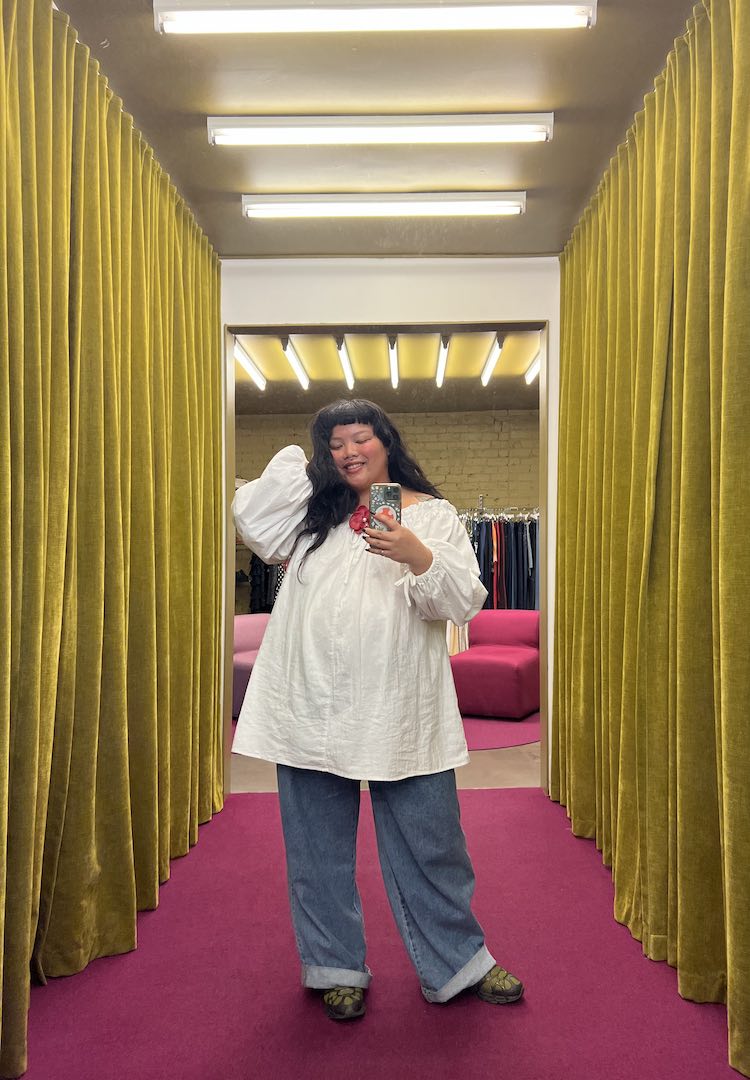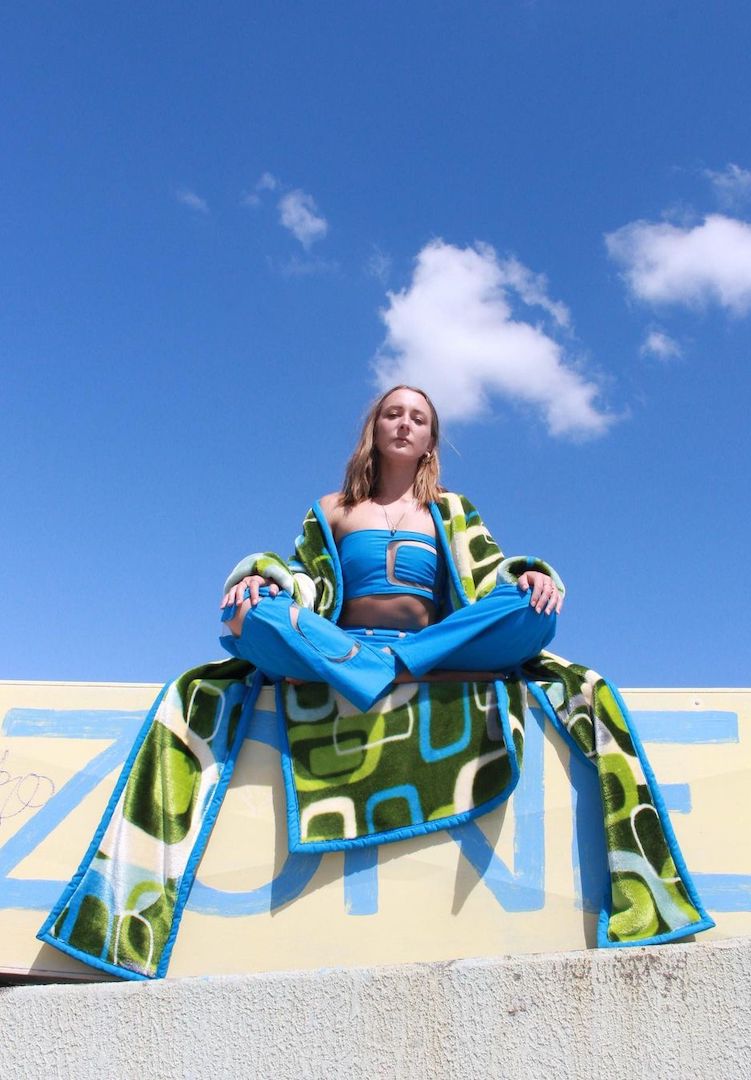Why is the high street better at body diversity than luxury fashion?
IMAGE VIA THE ICONIC
WORDS By Bianca O’Neill
A look at body diversity in the fashion industry, and why the high street seems to be much better at inclusion than the high end.
After attending the joyously diverse and inclusive Runway X in Sydney with The Iconic this month, it dawned on me: instead of moving towards a diverse new future, some in the fashion industry are going backwards.
The rise of the Miu Miu girl, punctuated by an impossibly thin and muscular Nicole Kidman throwing shapes in an impossibly small skirt, has heralded a rejection of the movement towards body inclusivity in fashion, instead delivering only stalled momentum and unkept promises.
For more fashion news, shoots, articles and features, head to our Fashion section.
We’re all seeing it – and we’re all writing about it. So why is the fashion industry going backwards when it comes to diversity? Or, after attending the aforementioned Runway X earlier this month, where The Iconic’s commitment to diversity on the runway was wide-ranging and far from tokenistic… is it?
At the moment, the industry is drawing a metaphoric line down the middle of the room; on one side, luxury fashion, who are largely uncomfortable with difficult conversations, resistant to change and tied to the marketing ploy of ‘aspirational’ purchases. They appear to be telling us that body diversity is out, and the ’00s skinny girl is in. (Isn’t it time we stopped making body types a trend?)
On the other side of the room are the high street – these days comprised of a significant chunk of incredibly influential online retailers, just like The Iconic – who have listened to their market, and are accelerating their efforts towards body diversity and inclusion. So, therein lies the crux: why is the high street so much better at representing body diversity than luxury fashion?
High street e-tailers are, interestingly, paving the way with larger size ranges, better body representation in their online stores, and more inclusivity in their campaigns – while luxury fashion lags sorely behind. And these retailers are clearly onto something: in 2022, the plus size market in Australia was worth $1.2bn, representing an average annualised growth factor of 4.2 per cent year-on-year over the past five years.
It’s really no surprise this market is growing faster than the consumer goods sector overall in recent years, considering about half of the adult female population is a size 14 or larger. So, it’s a simple business equation, right? Make plus size clothing, and make more money.
It’s here that the ‘why’ of my question becomes interesting (and perhaps depressing). If there is no sound business decision that lies in ignoring the majority of women, based on sizing alone, why do it?
It’s a question Fashionista also asked earlier this year, looking at an analysis of diminishing size diversity at New York Fashion Week (NYFW). In the article, in which the writer alludes that luxury fashion houses appear to be done with their brief ride on the diversity train, they note: “In an industry worth more than $24 billion dollars, brands are capping their consumers after a certain size, but there’s no excuse for these luxury houses to ignore such a huge market while their net worth tops millions every year.
“Valentino, for example, was one of the few luxury houses to include a range of sizing for its Spring 2022 haute couture collection but opted not to showcase that vision at all this past season. What gives?”
The idea of offering diverse sizing, but not showing that sizing on the runway, appears on the surface to be an incredibly short sighted stuff up – but, alas, I fear the motivation is much more sinister. Meanwhile, also at NYFW, some brands did the opposite – being widely celebrated for showing plus-sized models on the runway, when their own size range only offered clothing up to a 16 at best.
This kind of tokenistic behaviour is not new to high end brands, many of whom were called out for their lack of real and quantifiable action following Black Lives Matter social media posts during the pandemic. Even here at home, we’re no strangers to this kind of shallow representation, with one model calling out what she saw as tokenistic behaviour at Afterpay Australian Fashion Week in 2021.
As a metric, fashion weeks are pretty indicative of what’s happening at the high end of fashion (as your classic high street brands don’t tend to show due to the exorbitant costs). Each year InStyle creates a fascinating snapshot of size diversity within the global fashion week schedule and this year’s report showed some pretty disappointing numbers.
Said the report: “InStyle surveyed the size ranges of every brand on this season’s global Fashion Week schedule, and the results are disappointing… Of all four Fashion Weeks, London represents the smallest size range overall, with just 1 per cent of designers offering a size 20 or above and 27 per cent reaching a 14.
“It’s closely followed by Paris, then Milan, and finally, New York in the top spot, with 19 per cent of designers producing a size 20 or above. Those numbers might come as a shock, considering the outward-facing size diversity brands implemented this season.”
Meanwhile, in another important diversity metric, The Fashion Spot’s recent diversity report found only 50.7 per cent models of colour at NYFW Fall 2021, down from 57.1 per cent for Spring 2021.
These disappointing numbers speak to stalled progress in diversity within high end fashion, in a way that the cultural momentum simply doesn’t mirror. So are high street and online retailers just better at tuning into our overarching cultural narratives and trends?
I spoke to Lin Brataniec, Diversity, Inclusion and Belonging Business Partner at The Iconic, following the runway show, about The Iconic’s role in disrupting traditional fashion narratives and why she thinks its latest runway represented the future of fashion.
Noting The Iconic’s commitment to diversity within its retail environment, after producing both an Adaptive Edit and a Modest Edit on site to aid in creating an inclusive shopping experience, Brataniec points out that in the end, it’s about follow through – and representation on all levels.
“It is important for us to represent diversity, because we want to not only celebrate diversity but ensure we create an inclusive shopping experience for everyone,” says Brataniec.
“It’s important that when retailers are thinking about varied representation, all touch points are considered; from the models that are used in front of the camera, to the range of sizing options available behind the camera. As an industry, we need to work better with brands and suppliers to increase size offerings and width ranges, in order to meet every single customer’s needs.”
It’s something that Jimmy Jan, Australian TikTok star and model at The Iconic’s recent Runway X, can attest to. As a social media star who shares his life in a wheelchair, Jan is passionate about diverse representation in all spaces, including fashion.
“My idea of an inclusive runway is a show with a lineup of talent that accurately portrays the bodies we see everyday, showcasing the broad spectrum of different bodies, ages and abilities. With one in five Australians living with a disability, I find it so important that there is that positive representation, especially in the fashion industry. Everyone wears clothes, and everyone should be able to see those clothes on a runway, on a body that looks like their own.
“With The Iconic, it didn’t feel like they were trying to just tick a box to have some token diversity, because the whole talent lineup was really so diverse. They’ve done a really good job of creating an inclusive runway.”
And it’s not only The Iconic delivering some really excellent gains on the inclusivity front. ASOS has provided petite and tall edits, as well as ASOS Curve and plus size for years now, and has recently added a Modest Edit as well, while Boohoo, Fashion Nova and many others offer a similar ability to shop by fit, with excellent size ranges available. So – where are Chanel’s adaptive edits? Why don’t we see luxury fashion deliver modest-themed runways?
“This industry does not like things that are uncomfortable, so I’m not surprised that they’re ready to move on,” Brandice Daniel, founder and chief executive of Harlem’s Fashion Row (HFR), recently told Business of Fashion in an article about stalled progress on diversity. “But fashion needs to sit in this. It’s not time for us to move on. We’ve done that before and nothing has significantly changed.”
Perhaps there’s something truly ironic in the fact that the kingmakers of future trends – the luxury fashion houses, upon whom the fashion industry at large relies to forecast change – are lagging behind. Or perhaps it’s time to look to someone else.
Bianca O’Neill was hosted by The Iconic for Runway X. She is Fashion Journal’s Senior Industry Columnist. Follow her at @bianca.oneill.

